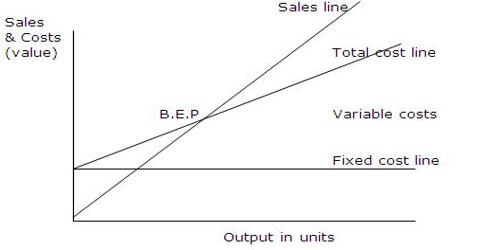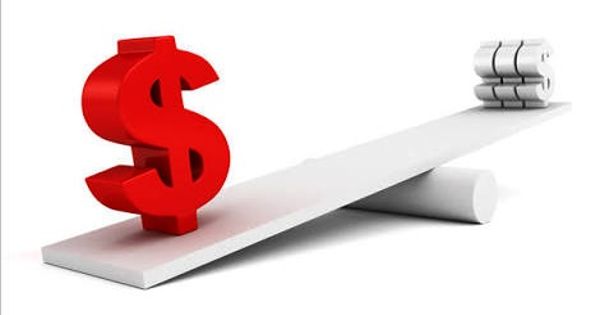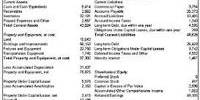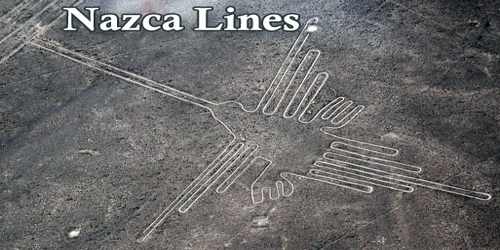MRP II, or manufacturing resource planning, is a system for successfully planning the utilization of a manufacturer’s resources. It enables manufacturers to create a precise future production schedule that reduces costs and maximizes the use of resources available to them. It is an extension of closed-loop MRP (Material Requirements Planning) and addresses operational planning in units, financial planning, and has a simulation capability to answer “what-if” concerns.
The system is built to consolidate, integrate, and process data in order to make better decisions in factory scheduling, design engineering, inventory management, and cost control. MRP II is made up of a number of interconnected functions, including business planning, sales, and operations planning, capacity requirements planning, and all supporting systems. Both MRP and MRP II are considered forerunners to Enterprise resource planning (ERP), which is a process through which a corporation, typically a factory, manages and integrates the critical aspects of its operations.
This is not solely a software function, but rather the management of people skills, which necessitates a commitment to database accuracy as well as enough computer resources. Because of the level of detail involved and the accompanying computational cost, all MRP systems are computer-based. MRP is time-phased because it specifies not only what and how much needs to be created or purchased, but also when it needs to be made or purchased.
Sales forecasting assists a producer in estimating projected demand for a product so that the right amount of raw materials can be sourced and deliveries and quantities can be scheduled on time. It is a whole corporate management strategy for making better use of human and company resources. Planning, purchasing, inventory, sales, marketing, finance, and human resources are all part of an ERP management information system.

ERP is most commonly associated with the software, and many big applications have been created to assist businesses in implementing ERP. By combining the average use for a projected replenishment lead time with the safety stock required to prevent stock-outs, manufacturing resource planning determines the best order amount and frequency for raw materials.
The MRP system is made up of three main parts, each of which serves as an input. The master production schedule, bill-of-materials, and inventory status file are all examples. Each module has a distinct purpose that is intertwined with the goals of the others and generates a variety of useable outputs. Almost every MRP II system is built in a modular fashion. Characteristic basic modules in an MRP II system are:
- Master production schedule (MPS)
- Item master data (technical data)
- Bill of materials (BOM) (technical data)
- Production resources data (manufacturing technical data)
- Inventories and orders (inventory control)
- Purchasing management
- Material requirements planning (MRP)
- Shop floor control (SFC)
- Capacity planning or capacity requirements planning (CRP)
- Standard costing (cost control) and frequently also Actual or FIFO costing, and Weighted Average costing.
- Cost reporting / management (cost control)
Manufacturing resource planning is a word that refers to an information system that is utilized by organizations that produce things. By centralizing, integrating, and processing information linked to the manufacturing process, the integrated information system aids management decision-making.
Individual systems are deployed to help a company plan, control, or manage a single action. The MRP II approach is thus considerably different from the “point solution” approach, where individual systems are deployed to assist a company plan, control, or manage a specific activity. MRP II is a follow-up to the MRP I system. Materials requirements planning (MRP) was one of the earliest software-based integrated information systems created to help organizations increase productivity.
The MRP II was created in 1980 in response to a need for software that could connect accounting systems while creating inventory estimates. MRP I, the previous version, was created in 1964, and Black and Decker was the first corporation to implement it. A materials needs planning information system is a sales forecast-based system that schedules raw material deliveries and quantities based on estimates about the number of machine and labor units needed to meet a sales forecast.
The goal of MRP and MRPII was to concentrate and integrate business data in a way that would help production line managers make better decisions and boost overall production line efficiency. MRP II was offered as a solution, and it had this functionality in addition to all of MRP I’s features.
The MRP II system can model the influence of a decision across the business and predict the implications in terms of customer orders, due dates, and other “what if” scenarios. Being able to answer these “what if” questions gives you a better understanding of your alternatives and their potential outcomes.
MRP II provides capability in logistics, marketing, and general finance in addition to master production scheduling, bill of materials (BOM), and inventory tracking. MRP II also facilitates accurate demand forecasting. It also enables its operators to add data into the system and see which factors will have an effect downstream.
They can get the best level of sales with the MRP II system. As the product progresses through the production line, the purpose of MRPII is to deliver consistent data to all members of the manufacturing process. It can also provide feedback based on the variables entered for a particular task, which is why it’s called a closed-loop system.
Information Sources:
















